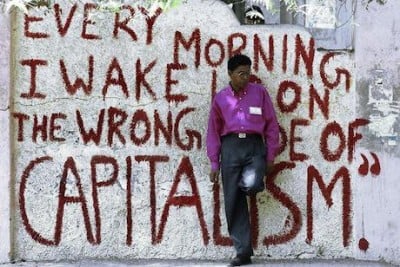Fed Balance Sheet Expansion, Unicorns, Unintended Consequences and Gold
by Dave Kranzler, Investment Research Dynamics:

The Bank for International Settlements (BIS) – the Central Bank of Central Banks – released two reports on “unconventional policy tools” – e.g. QE/money printing and interest rate suppression. It concluded that the extreme Central Bank interference since 2008 has had a negative impact on the way in which financial markets function.
While Jerome Powell and his “Gang That Couldn’t Shoot Straight” at the Fed prefer to use the term “balance sheet growth” in reference to money printing, the big-thinkers at the BIS call it UMPT (Unconventional Monetary Policy Tools).”
“Last month’s spike in short-term US borrowing costs was just the latest in a series of market shocks that have fueled investors’ suspicions that this radical monetary policy is having an impact on how financial markets function.” (Financial Times)
“Moral Hazard” is defined as the “lack of incentive to guard against risk where one is protected from its consequences.” In economics (real economics, not the Keynesian psycho-babble of the current era) this would refer to the egregious misallocation of investment capital caused by the unfettered creation of fiat currency injected into the global financial system.
Additionally, unprecedented permissiveness by the regulators, who are charged with enforcing laws originally established to prevent or at least contain the escalating financial fraud that accompanies asset bubbles, further enables and accelerates the formation and inflation of investment bubbles.
The BIS report of course neglected to discuss the extreme moral hazard engendered by the trillions in money printing. The “unicorn” IPOs are the direct evidence of this. The extreme public overvaluation of the equity in the ones that have sold stock into the public markets reflects the complete disregard of historically accepted tools and guidelines used for business model appraisal and financial valuation analysis. “But it’s different this time.”
The losses racked up by these companies, the ones with public equity plus the ones yet to be IPO’d, will aggregate well into the $100’s billions, possibly trillions before this era dies. A journalist from The Atlantic, in an article titled “WeWork and The Great Unicorn Delusion,” correctly asserted that “most [of these companies] have never announced, and may never achieve, a profit.” But he lost me when he asserts that these companies are “extraordinary businesses with billions of dollars in annual revenue and hundreds of thousands, even tens of millions, of satisfied global customers.”
Quite frankly, the business model of almost every Silicon Valley unicorn is predicated on building revenues and gaining market share by selling products and services for a significant discount to the all-in cost of production and fulfillment.
Every single unicorn IPO’d over the last several years that I have evaluated is not only highly unprofitable, but also burns legendary amounts of cash. Of course there are “millions of satisfied customers” globally – the unicorn business model functions in a way that is the equivalent of selling $1 bills for 75 cents.
The more relevant proposition is that, in all probability, many of these companies would have never been spawned if the Central Banks had not inflated the global money supply well in excess of real economic growth generated by the global economy.
Read More @ InvestmentResearchDynamics.com
Loading...



